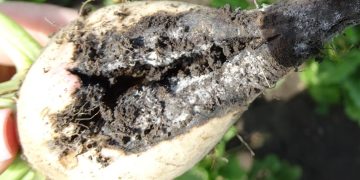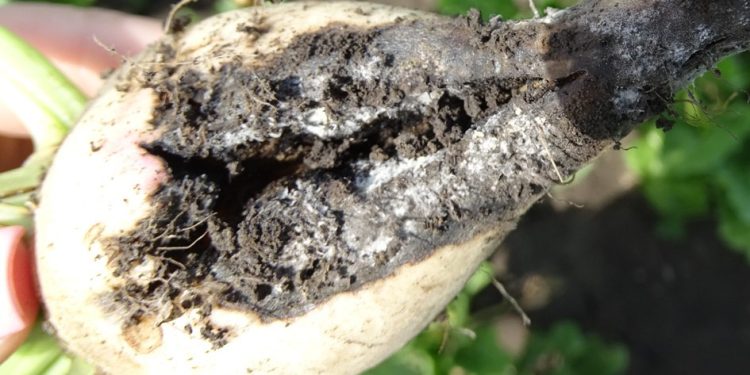#GrayMold #BotrytisCinerea #PlantDisease #CropProtection #PlantResistance #SustainableAgriculture
Gray mold, caused by the fungus Botrytis cinerea, is a devastating plant disease that affects a wide range of crops, including fruits, vegetables, and flowers. This disease can cause significant yield losses and reduce the quality of the harvested products, leading to economic losses for growers and a decrease in the availability of fresh produce for consumers.
To combat the spread of Botrytis cinerea, researchers and growers have developed various strategies, including cultural, chemical, and biological methods. Cultural practices, such as removing infected plant material and increasing airflow around plants, can help reduce the risk of infection. Chemical treatments, such as fungicides, can also be effective but must be used judiciously to avoid the development of resistant strains of the fungus. Biological control methods, such as introducing beneficial microorganisms or using natural predators, are also being explored as a sustainable alternative to chemical treatments.
One promising development in the fight against gray mold is the use of plant resistance genes. Researchers have identified genes in some plant species that provide resistance to Botrytis cinerea and are working to transfer these genes to other susceptible plants. This approach could provide a long-term solution to the problem of gray mold and reduce the need for chemical treatments.
The development of strategies to combat Botrytis cinerea is essential for the sustainability of agriculture and the availability of fresh produce for consumers. The use of cultural, chemical, biological, and genetic approaches can help reduce the incidence of gray mold and protect crops from yield losses and economic damage.


































